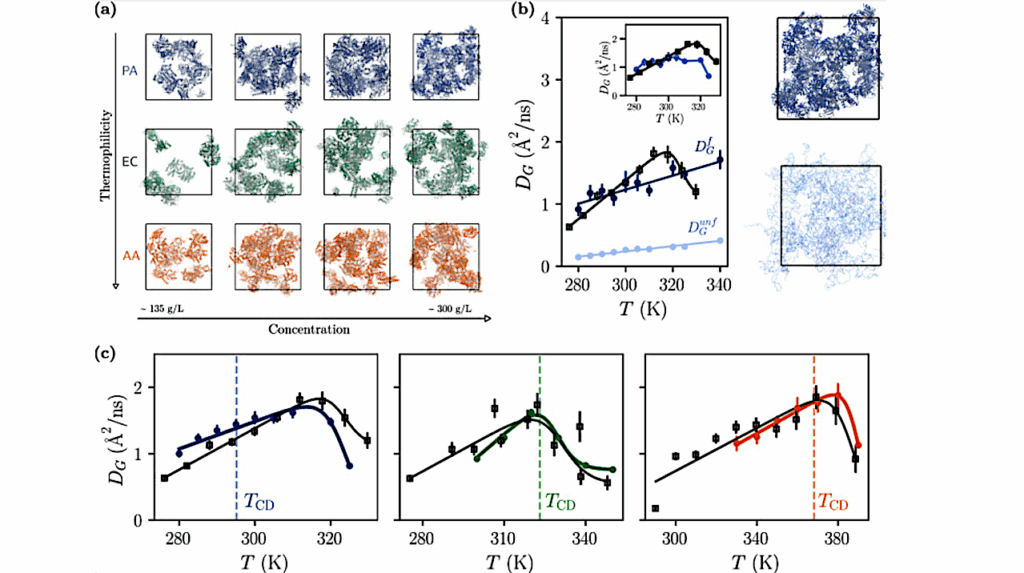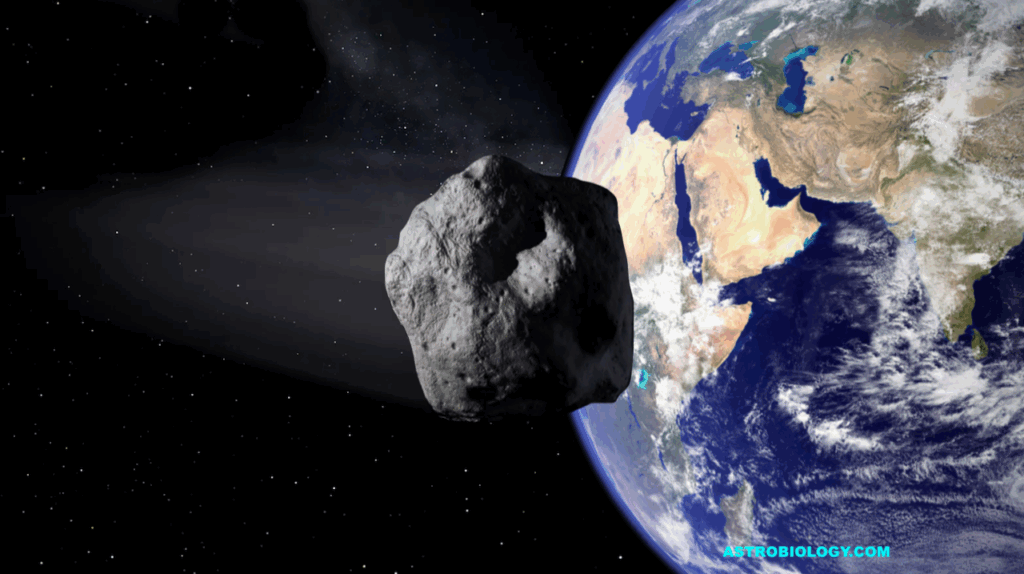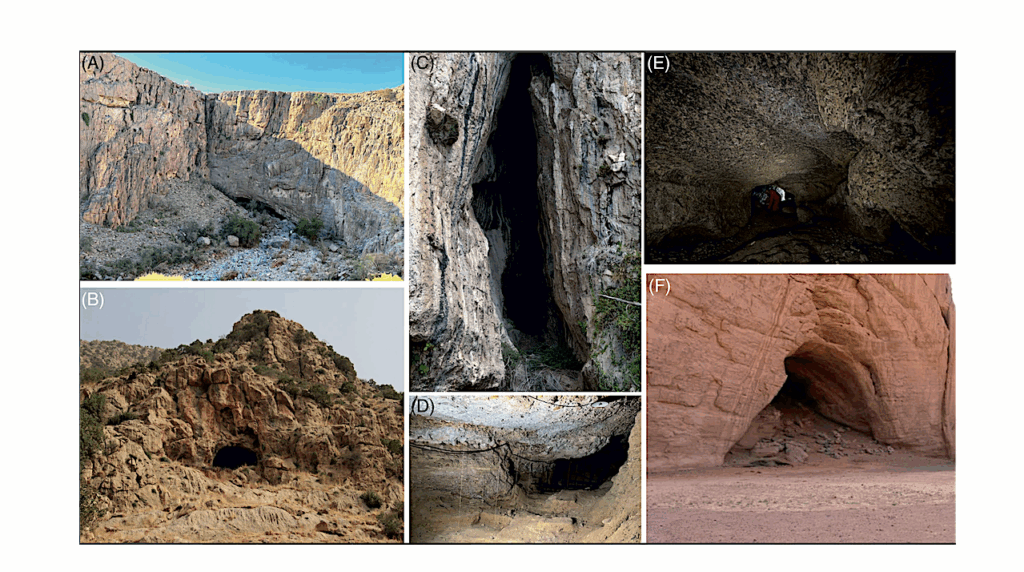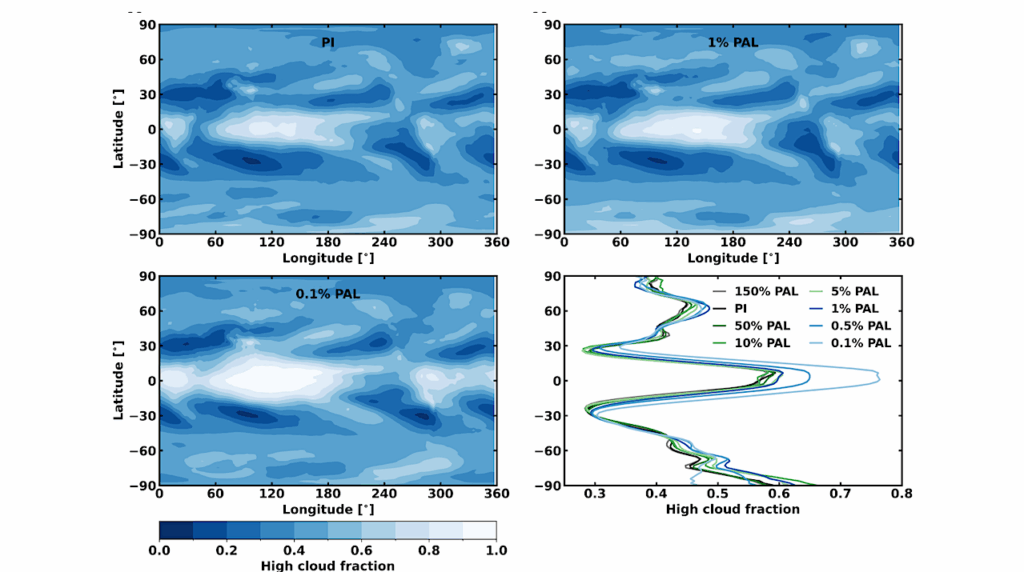The Equatorial Jet Speed on Tidally Locked Planets: Terrestrial Planets

The atmospheric circulation of tidally locked planets is dominated by a superrotating eastward equatorial jet.
We develop a predictive theory for the formation of this jet, proposing a mechanism in which the three-dimensional stationary waves induced by the day-night forcing gradient produce an equatorial acceleration. This is balanced in equilibrium by an interaction between the resulting jet and the vertical motion of the atmosphere. The three-dimensional structure of the zonal acceleration is vital to this mechanism.
We demonstrate this mechanism in a hierarchy of models. We calculate the three-dimensional stationary waves induced by the forcing on these planets, and show the vertical structure of the zonal acceleration produced by these waves, which we use to suggest a mechanism for how the jet forms. GCM simulations are used to confirm the equilibrium state predicted by this mechanism, where the acceleration from these waves is balanced by an interaction between the zonal-mean vertical velocity and the jet. We derive a simple model of this using the “Weak Temperature Gradient” approximation, which gives an estimate of the jet speed on a terrestrial tidally locked planet.
We conclude that the proposed mechanism is a good description of the formation of an equatorial jet on a terrestrial tidally locked planet, and should be useful for interpreting observations and simulations of these planets. The mechanism requires assumptions such as a large equatorial Rossby radius and weak acceleration due to transient waves, and a different mechanism may produce the equatorial jets on gaseous tidally locked planets.
Mark Hammond, Shang-Min Tsai, Raymond T. Pierrehumbert
Comments: Accepted by ApJ
Subjects: Earth and Planetary Astrophysics (astro-ph.EP); Atmospheric and Oceanic Physics (physics.ao-ph)
Cite as: arXiv:2009.00358 [astro-ph.EP] (or arXiv:2009.00358v1 [astro-ph.EP] for this version)
Submission history
From: Mark Hammond
[v1] Tue, 1 Sep 2020 11:26:31 UTC (568 KB)
https://arxiv.org/abs/2009.00358
Astrobiology








